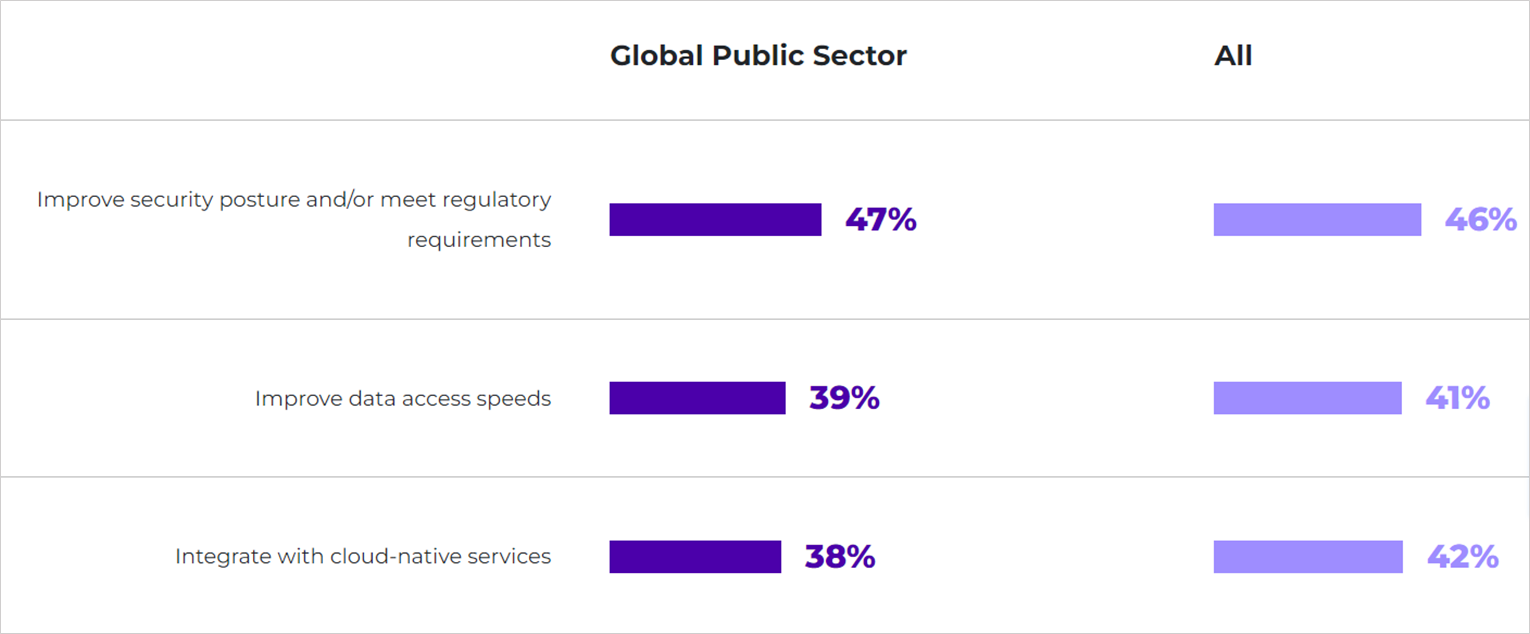How the Era of Hybrid Multicloud Will Unlock the Potential of the Public Sector
Article by Fetra Syahbana, country manager for Growth and Emerging Market’s (GEMS), Nutanix
In today’s increasingly interconnected world, the role of the public sector is even more important. This is because it is entrusted with the crucial responsibility of delivering essential services to the public, addressing societal challenges, preventing and responding to security threats, and fostering economic growth. As a result, in an era of rapid technological advancements, public sector organisations are increasingly recognising the need to embrace digital transformation to enhance their operational efficiency, improve service delivery, and meet the ever-growing expectations of citizens.
Many governments have chosen cloud service providers due to anticipated cost savings and greater efficiency in delivering on their mission, as well as improving employee and citizen experiences. In fact, IDC estimates that by 2025 public cloud spending by governments across Asia Pacific will hit US$12.6 billion.
Indeed, public sector organisations are adopting new technologies and strategies to drive innovation. The fifth annual Nutanix Enterprise Cloud Index report by Vanson Bourne, a UK-based research firm, reveals that public sector organisations plan to increase hybrid multicloud deployments by nearly five-fold over the next 3 years, projecting a penetration rate of 39 per cent – slightly ahead of the cross-industry global average. This signifies a proactive approach in gaining agility, within a diverse IT environment, to avoid vendor lock-in and to be ready to embrace technological advancements needed to enhance the delivery of public services. As the public sector embraces the era of hybrid multicloud deployments, a new realm of possibilities opens, promising to unlock its full potential and revolutionise the way the public service operates.

A Unified Approach to Drive Innovation in The Public Sector
In the digital era, citizens expect services to be easily accessible, personalised, and efficient. They demand seamless interactions, quick response times, security, and transparency. On the other hand, the public sector needs the capabilities to quickly respond to emerging challenges, ensure continuity of services during emergencies, and adapt quickly to evolving circumstances.
One of the key enablers in the public sector driving its digital transformation and delivery of services is the growing adoption of hybrid multicloud deployments. Findings from the same Nutanix report found that public sector organisations expect to more than double their use of multicloud as their exclusive IT infrastructure by 2026. The adoption of increased infrastructure diversity and a heightened emphasis on data storage, management, security, and services has prompted IT professionals to express a strong desire for a single, unified place to manage applications and data across diverse environments.
The significance of this unified approach cannot be overstated, as it empowers public sector organisations to gain comprehensive visibility into the location of their data. This newfound visibility enables IT teams to seamlessly manage applications and data while facilitating real-time adjustments to meet evolving requirements related to data security, backup, compliance, performance, and cost. Public sector entities can enhance operational efficiency, accelerate innovation, and deliver seamless citizen experiences. From streamlining administrative processes to providing personalised and accessible services, hybrid multicloud deployments offer immense potential for the sector to transform its service delivery models.
Making Data Work for Public Good
One of the key advantages of hybrid multicloud for the public sector is its ability to unlock the full potential of data. Governments are increasingly reliant on vast amounts of data to make informed decisions and optimise resource allocation. By leveraging hybrid multicloud deployments, public sector organisations can consolidate and analyse data from a variety of sources, gaining valuable insights that inform evidence-based policymaking and service improvements. From identifying patterns and trends to predicting outcomes, data-driven decision-making becomes a reality, enabling governments to address complex societal challenges with agility and precision.
In the same vein, data security and compliance are paramount concerns for the public sector. 47 per cent of the survey respondents cited a desire to improve their organization’s security posture and their ability to meet regulatory requirements as a reason for moving applications between IT infrastructures in the past 12 months.

For Thailand, the summary report on “Cyber security performance, October 2021 – September 2022” by the National Cyber Security Committee (NCSC) found that there were 551 cyber attack incidents such as website hacking, ransomware, and malware that steal financial information, etc. The report also predicts that the attack by hacking “government and important agencies” websites will be the most detected pattern.
Hybrid multicloud provides public sector organisations with choices to protect sensitive data and ensure regulatory compliance. By leveraging private datacentres for sensitive data and public clouds for less sensitive workloads, public sector organisations can strike the right balance between security, accessibility, and cost-efficiency. This approach enhances agility, with freedom to locate workloads where they best meet strategic priorities such as the mission, security, performance, or compliance.
This era of hybrid multicloud marks a pivotal moment for the public sector. By embracing this paradigm shift, the public sector can unlock its true potential, drive innovation, embark on successful digital experiences and effectively serve its constituents, missions, and mandates. Especially as digital boundaries continue to be shattered, the hybrid multicloud strategy will enable the sector to thrive in a future where public services need to meet the evolving needs of citizens and also shape a future where public services are agile, resilient, and driven by innovation.


